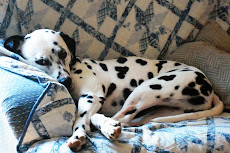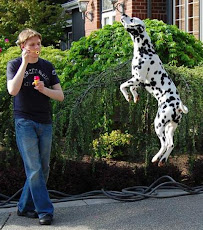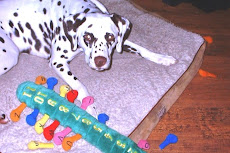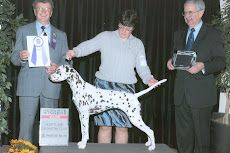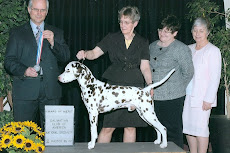
I'd been having problems with my little Nikon CoolPix camera and could not get the flash to come back on. I remembered how to turn it off and on, one of the few things I had taken the time to learn, but that was no longer working. The problem started when I decided to take a video of Argus on the treadmill, which I eventually did, but then I could not get the camera out of the video mode and spent hours fussing with it, changing this and that without a clue as to what I was doing. FINALLY, I broke down and spent a couple of hours studying the manual, something I have never done before even though I've owned the camera for a year.
Wow, it does so many cool things like taking pictures in sepia (see above). Could be interesting to do a group of liver Dals in sepia. And a sports mode of continuous shots, one per second. I was jealous that a friend's camera did that. Never occurred to me that mine did too. So many interesting things to try! Reading the manual, what a concept!
A reader asks, "What exactly does it mean when someone says a dog has good bone or a lot of bone? Don't quite understand the meaning."
The AKC standard says that the Dalmatian's legs are "straight, stong and sturdy in bone". Not really a very good description, but it means that the Dalmatian is not fine-boned. He does not have skinny legs! Some breeds are heavy in bone, like the Rottweiler, with big thick legs, while others are light in bone like Italian Greyhounds and Miniature Pinchers, with thin delicate legs. Dalmatians are actually moderate in bone, but it's rather common for Dals to not have quite enough bone for their size. By saying that a dog has good bone or heavy bone, we normally mean that he has plenty of bone - neither big thick legs like treat trunks, nor skinny little legs like toothpicks. To complicate the matter, some standards call for oval bone, while others call for round bone (which is usually heavier bone for the size of the dog). Hope that helps!









